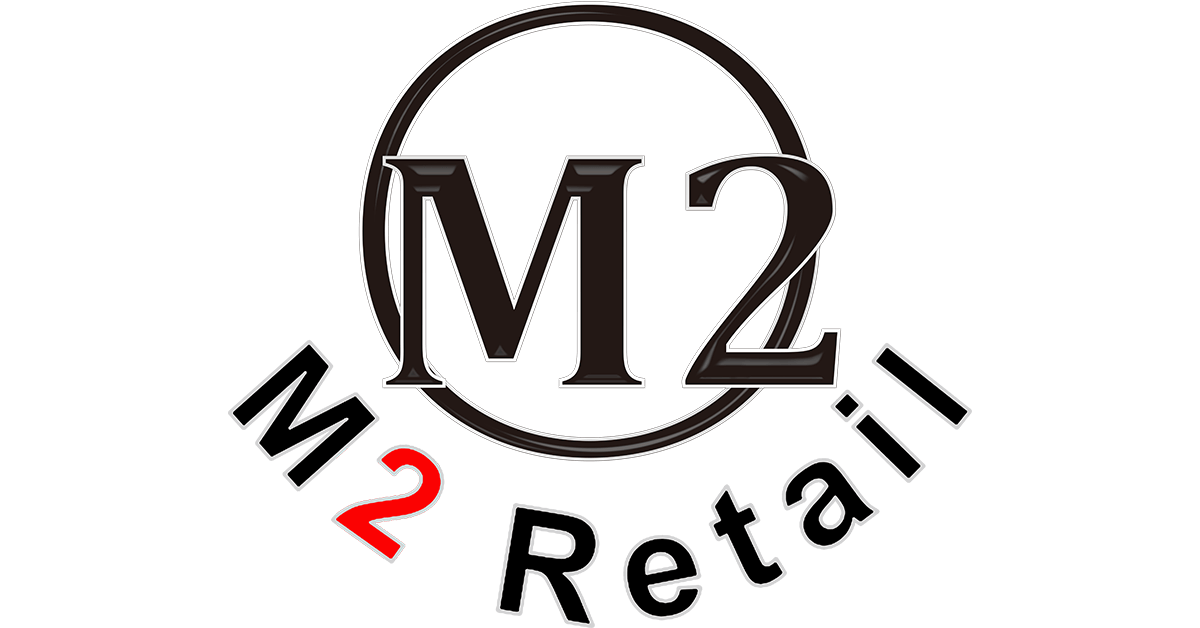Introduction: The First Seven Seconds, Engineered
Here’s a straight one for you: a reception counter is not a table, it’s a system. Custom Reception Desks&bespoke reception desk sit at the point where welcome meets workflow. Picture the morning rush at a clinic; three visitors, one courier, and a new hire at the desk. Studies say most folk decide if they trust a space in under seven seconds—proper job if you get it right, isn’t it? Now, how does a custom made reception desk change that moment from muddle to smooth? We look at ergonomics, queue handling, and little things like cable management and LED wayfinding that keep the front line tidy. The data is clear: fewer bottlenecks, fewer errors, warmer greetings. But the puzzle remains—what stops so many counters from working as planned?

Let’s unpack the parts that fail, then weigh what a tailored layout can do next. On we go to the real snags beneath the surface.
Hidden Friction: Why Standard Counters Keep Letting Teams Down
What are the snags you don’t see at first?
Most off-the-shelf units are sized by catalogue, not by task. That means the knee space, the sight lines, and the reach zones don’t match your people. Look, it’s simpler than you think: if the scanner sits too high, the spine twists; if the surface glare hits the screen, the eyes strain. Over a week, that’s lost time. Over a year, that’s staff churn—funny how that works, right? Poor cable management then tangles with ID readers, chargers, and phones. You get trip points, and your ADA compliance suffers at the very spot guests judge you first.
There’s more. Stock counters lack the joinery and millwork detail that makes daily use calm. Drawers fight with elbows. A courier shelf is missing. The laminate finish scuffs fast, so the front looks tired by month three. A custom made reception desk fixes these by mapping roles to surfaces: check-in, scan, sign, pay. Add acoustic paneling under the counter to cut chatter splash. Build in a modular system with swappable fronts and an anti-fingerprint coating. These aren’t lux touches; they’re operational tools designed to carry real load.
Comparative Insight: From Static Counters to Smart, Service-Ready Hubs
What’s Next
Let’s shift the lens. Old-school counters were furniture. Today’s front desks behave like light-duty infrastructure. That means new technology principles guide the build. Think low-voltage power modules for task lights and charging, so you avoid messy adapters. Think IoT sensors that monitor queue length without cameras—privacy kept, flow improved. A well-specified load-bearing frame lets you add or remove a return without ripping the whole thing out. And yes, integrated RFID check-in reduces that “Where do I tap?” moment to a single, lit cue. Set next to a generic counter, a true bespoke reception desk handles peaks like a small control room, yet reads as warm and human.

Materials now work smarter, too. High-pressure laminate with a matte finish kills glare; edge protection stops daily knocks; and a removable tech panel gives instant access to power converters and data lines—no crawling on the floor. You get clear tiers: guest ledge, staff plane, secure drop zone. The result is fewer interruptions, faster handoffs, and a first impression that signals order. Different day, different load? Swap the accessory rail, slide in a shield, or add a wayfinding strip—done in minutes, not days. That’s the quiet power of “designed-to-adapt” over “made-to-fit—sort of.”
How to Choose: Three Metrics That Matter
1) Flow Density: Count steps per task at the desk during a busy hour. Aim for under four moves from greet to handoff. If it’s higher, check ergonomics, sight lines, and the placement of peripherals like scanners.
2) Service Modularity: Score how fast you can reconfigure. Target under 30 minutes to add a privacy screen or convert a bay for payments. This depends on a modular system, accessible cable runs, and sane fasteners.
3) Durability Index: Track wear at 90 days. Surfaces should resist scuffs, edges should hold, and hardware should stay true. Specify millwork with rated hinges, anti-fingerprint coating, and replaceable panels—because things happen, and quickly.
Put simply, the right desk reduces strain, speeds the greet, and keeps the front neat—even on a wet Monday in January. And when it all feels effortless at 9 a.m., your team has headroom for the human bits—small kindnesses, clear answers, a smile you can hear down the hall. For more practical insight shared plain and fair, see M2-Retail.